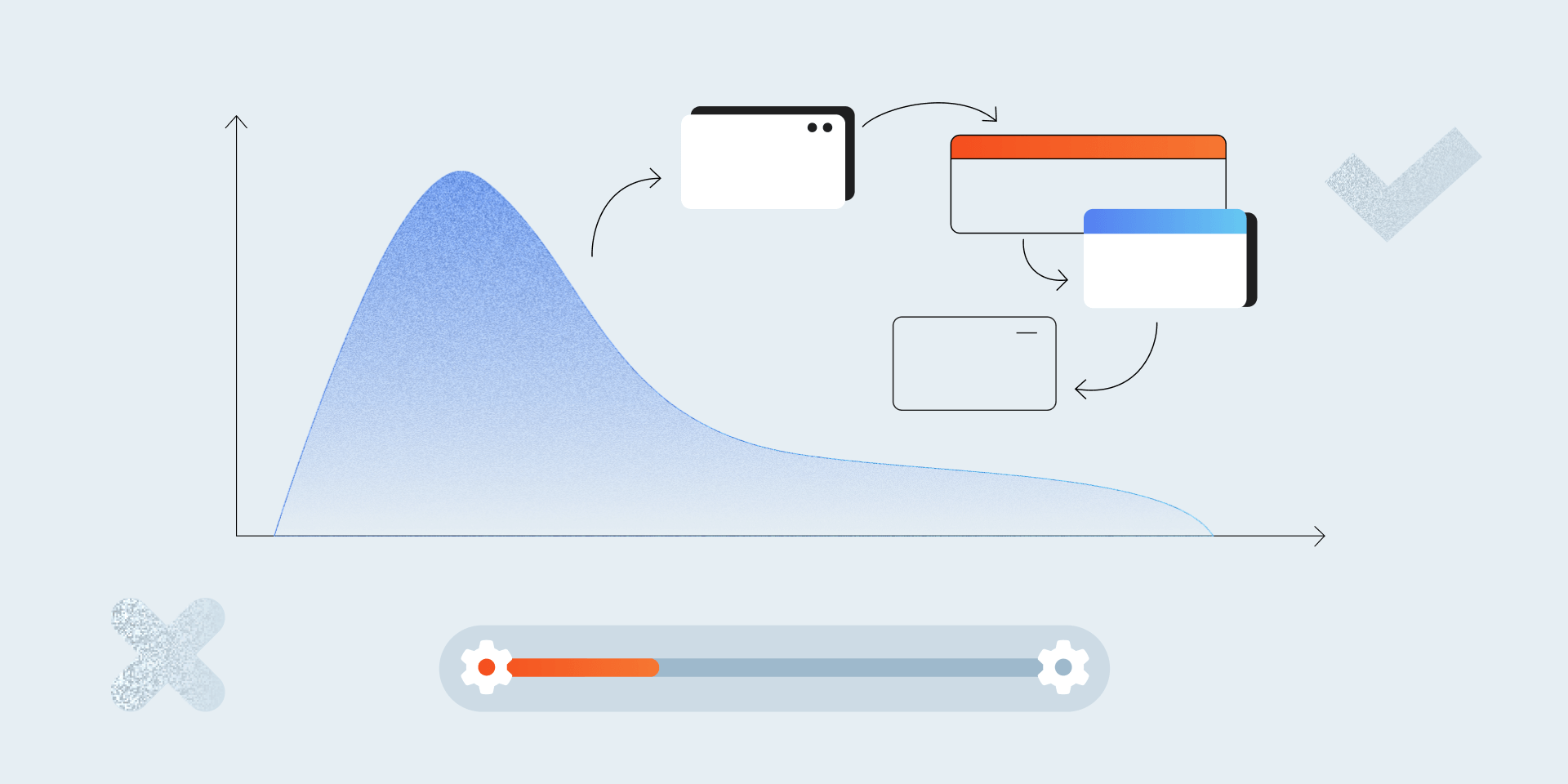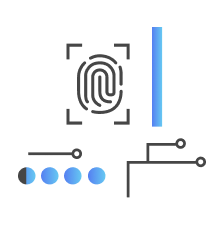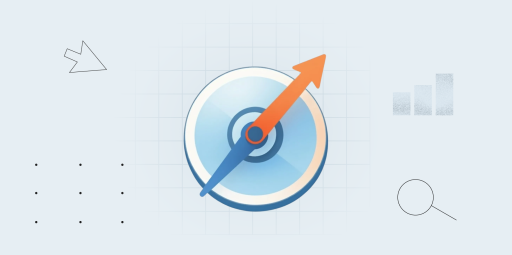Although shift-left testing can feel like a novelty concept, especially if you don’t have any hands-on experience with it. However, this term dates back to 2001, when Larry Smith suggested shift-left testing as a way to combat the usual negative consequences of late-stage testing, such as difficulty debugging and rising technical debt.
Still, as companies are looking to maximize the efficiency of their software testing process while trying to ensure the highest quality of software, shift-left testing is now attracting more and more attention. But how exactly does shift left testing work, why should you integrate it into your software delivery process, and what are the challenges you can possibly encounter along the way? Let us answer all these questions and more in our guide to shift left testing.
What Is Shift Left Testing?
Shift-left testing is a quality-focused approach in software development that involves starting testing activities as early as possible, ideally from the initial project stages — namely, planning, requirements, and design.
Traditionally, software testing is an activity conducted at the final phase of the development process, just before release, which often leads to the discovery of defects late in the development process. Shift-left testing changes this by “shifting” (hence the term) the testing activities to earlier phases, enabling teams to identify and address potential issues before they become overly complex and costly to fix.
In shift-left testing, testing isn’t a one-time event but rather an ongoing process that aligns well with Agile and DevOps practices. As development progresses, testing continues to occur with every new feature or update, making quality assurance an integral part of the development life cycle rather than an afterthought.
Focus on your core business and let us take care of testing
Types of Shift-Left Testing
Software testers are certainly familiar with different types of traditional testing and quality assurance. However, those do not necessarily match the types of shift-left testing, which are also important to comprehend in order to implement shift-left testing practices successfully in a QA project. Here are the four different testing types distinguished in shift-left testing.
1. Traditional Shift-Left Testing
This type moves conventional testing like functional and regression testing to the start of the project. Testing activities begin in the requirements and design phases, so errors are identified and fixed before coding even starts. Traditional shift-left testing is especially useful for reducing defects related to unclear requirements or flawed designs, as it gives the development and testing teams an opportunity to correct those defects right away and put the process back on track.
2. Incremental Shift-Left Testing
Incremental shift-left testing provides an approach that is perfectly tailored to the needs of the modern QA environment. This technique is common in incremental or Agile development, where the project is broken into smaller parts, also referred to as increments or sprints. Testing is conducted at the start of each sprint, enabling each feature or module to be tested as it is developed, which helps minimize rework and backlogs.
3. Agile/DevOps Shift-Left Testing
Designed specifically for Agile and DevOps environments, this type integrates testing within each development phase, especially within Continuous Integration (CI) and Continuous Delivery (CD) pipelines. Here, testing happens continuously, with a focus on automated tests triggered by every code change, allowing for immediate feedback and rapid iterations. This type of shift-left testing covers a wide range of tests, including key types of testing from the testing pyramid — unit testing and integration testing, as well as security and performance testing.
4. Model-Based Shift-Left Testing
Model-based testing relies on creating models to represent the desired behavior of the application. These models allow teams to generate automation test cases early in development. This approach is valuable for complex systems where manually creating test cases is difficult, and it helps identify design flaws at the earliest development and testing phases.
Shift-Left Testing vs. Early Testing vs. Continuous Testing: Are They the Same Thing?
The shift left testing approach may be very popular right now, but it’s not the only way for teams to try and increase the efficiency of the testing process. There is also early testing, which encourages testing that is done as soon as possible, and continuous testing, which involves executing automated tests at every stage of the development pipeline. At first glance, these testing methods seem pretty similar, but at the end of the day, there are some crucial differences between the three. Here is a quick breakdown of how these methods are different from each other.
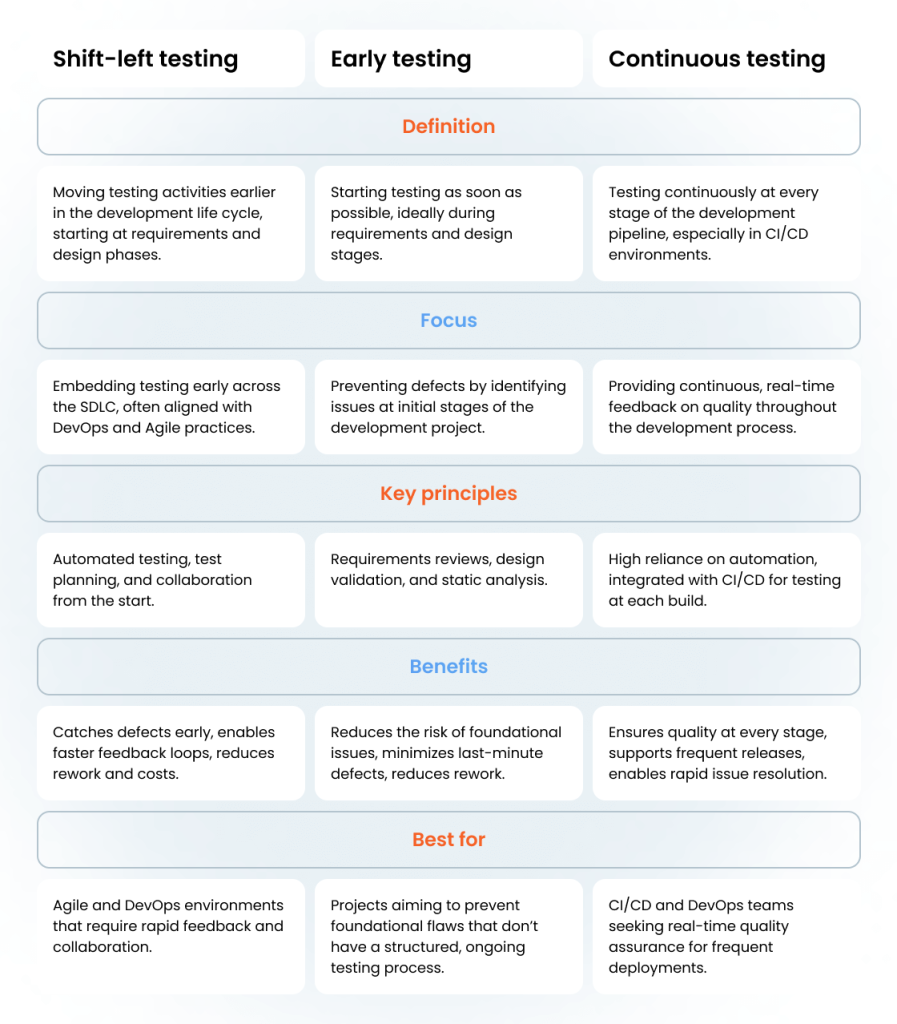
Clearly, all three of those concepts — shift-left testing, early testing, and continuous testing — have enough considerable differences to be viewed as separate entities. However, a popular contemporary testing mindset is to combine all three in your testing efforts to achieve better software quality. Here is how those three methods complement each other and how, together, they can help save common testing challenges:
- Early testing paves the way for a successful testing process by identifying and preventing requirement and design flaws.
- Shift-left testing builds on early testing by integrating more structured testing activities and automation earlier in the SDLC.
- Continuous testing helps ensure strong testing practices throughout the entire lifecycle, maintaining quality across every update and release.
The Place of Shift-Left Testing Approach in Software Development
The shift-left testing approach has a crucial place in modern software development, particularly within the Agile software development approach. Traditionally, testing was treated as a final-phase activity, conducted after development was nearly complete. This approach often led to the discovery of critical issues late in the process, resulting in costly fixes and delays. Shift-left testing, however, changes this by integrating testing activities from the earliest stages of the Software Development Life Cycle (SDLC).
In most Agile approaches, shift-left testing is a key practice that aligns with the principle of delivering high-quality software quickly. Since Agile teams emphasize iterative development, testing starts alongside each development sprint, allowing teams to assess functionality, performance, and security early and throughout the cycle.
It goes without saying that the the shift-left testing to modern quality assurance practices. By embedding quality checks early and continuously, shift-left testing reduces the risk of late-stage defects, speeds up delivery, helps integrate testing into the development process more consistently, and ensures that software meets user and business expectations right from the beginning of the software development lifecycle.
Deliver high-quality software faster with our testing services
Using Shift-Left Testing with DevOps, Test Automation, and Cloud Infrastructure
Shift left testing is one of the most widely discussed and commonly implemented software development and testing trends of the 2020s, along with DevOps, automation testing, and using cloud services. However, all those concepts don’t just exist in isolation — using them together throughout the development process helps speed up bug detection, test more efficiently early in the development cycle, and achieve a more practical use of the resources. Here is how shift left testing works with DevOps, automation testing, and cloud infrastructure.
DevOps
In DevOps, which focuses on integrating development and operations, shift-left testing ensures that testing begins as soon as development starts. DevOps practices aim to deliver high-quality software frequently, with Continuous Integration (CI) and Continuous Delivery (CD) pipelines making automated testing routine.
Shift-left testing allows for automated tests to run with each code commit, providing instant feedback to developers. This early feedback loop helps catch and address issues before they progress further in the development cycle, maintaining the dynamic environment DevOps requires without compromising quality.
Moreover, DevOps emphasizes collaboration across development, testing, and operations teams. Shift-left testing promotes cross-functional teamwork, as developers, testers, and DevOps personnel work closely from the start, ensuring that quality, performance, and deployment considerations are addressed early and continuously.
Automated Testing
Manual testing, especially performed later in the development cycle, often leads to delays, missed bugs, and rising costs. By integrating automated testing early, shift-left testing helps reduce these bottlenecks, as routine checks are handled by automated scripts rather than manual testers. This enables faster cycles and helps testers focus on more complex, exploratory tests.
Automation is essential for shift-left testing, as it allows tests to be run continuously without manual intervention. With the right automation tools, these tests can cover various types of checks — for example, unit, integration, and performance-related — at every stage, enabling rapid and repeated validation as code evolves.
On top of that, automation supports extensive testing coverage that would be challenging to achieve manually. Shift left testing leverages automation to execute tests on code as it’s developed, providing confidence in each feature and minimizing the risk of cumulative issues that can arise from untested code.
Cloud
Cloud environments enable shift-left testing by offering flexible infrastructure that can be scaled up or down as needed. This allows teams to run complex tests early without waiting for infrastructure setup. On-demand environments in the cloud support early and parallel testing, which is especially valuable for performance and load tests.
The cloud makes it possible to create environments that mimic production settings, allowing for realistic testing from the start. This helps identify issues related to infrastructure or configuration that may otherwise appear only in production, reducing the risk of late-stage failures.
With cloud-based shift-left testing, companies only pay for the resources they use, making it cost-effective. Automated test environments can be established and dismantled automatically, saving on costs while providing reliable, repeatable test setups.
Benefits of Shift-Left Testing
A switch to a new testing approach can be a pretty big shift for an organization that only used to test traditionally — later in the testing cycle. However, early involvement and moving testing left can bring numerous advantages to the project. Here are the most significant ones.
1. Faster Defect Detection and Resolution
By testing early, teams can identify defects during requirements or design phases rather than after code is written, reducing the time needed to locate and fix issues. Shift-left testing also enables faster feedback loops with automated tests running at each code commit, preventing defects from building up over time.
2. Improved Collaboration and Team Alignment
Shift-left testing encourages cross-functional collaboration among developers, testers, and DevOps teams, who work together from the beginning to identify and resolve potential issues. This shared responsibility for quality helps teams prioritize it early, rather than as a last consideration.
3. Better Requirement Clarity and Testability
A less-discussed benefit of the shift-left approach is better requirement clarity and testability. Shift-left testing demands clear, testable requirements from the start, reducing ambiguities and misunderstandings that could lead to issues later on. It also improves test design by ensuring tests are relevant to actual requirements and user needs, resulting in more effective test coverage.
4. Enhanced Software Security
Shift-left testing contributes to enhanced software security by enabling security checks early on, allowing vulnerabilities to be identified and fixed before they become embedded in the codebase. This continuous security testing also helps foster a security-aware mindset within the team, preventing new vulnerabilities from being introduced.
5. Higher Code Quality and Maintainability
Higher code quality and maintainability are also achieved through shift-left testing, as early testing encourages developers to follow clean coding principles, resulting in code that is modular, testable, and easier to maintain. This approach also helps keep technical debt low, supporting codebase quality in the long run.
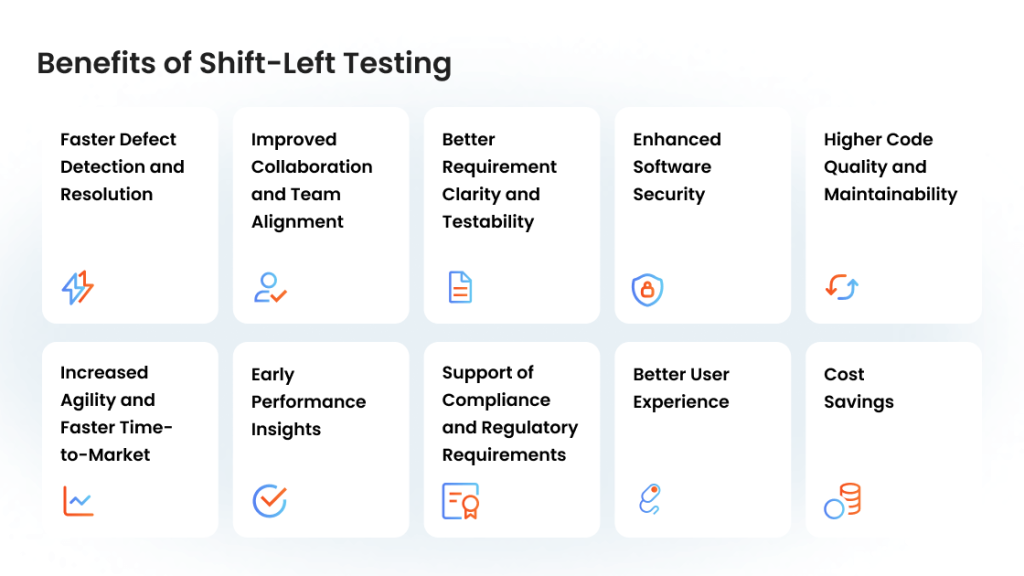
6. Increased Agility and Faster Time-to-Market
Shift-left testing also increases agility and speeds up time-to-market. By catching issues within each sprint, teams can iterate quickly without compromising quality. Additionally, addressing quality issues continuously reduces the need for intensive testing at the end of the cycle, streamlining the release process.
7. Early Performance Insights
Another lesser-discussed benefit of the shift-left approach is early performance insights. By running early performance tests, teams can identify bottlenecks and establish realistic performance benchmarks, ensuring consistent performance standards as the project progresses.
8. Support of Compliance and Regulatory Requirements
Shift-left testing supports compliance and regulatory requirements by enabling proactive compliance checks early in the process, reducing the risk of costly and reputation-damaging non-compliance issues. It also promotes documentation and traceability, making it easier to maintain records for audits.
9. Better User Experience
A crucial benefit of this approach is improved user experience. By aligning software with user requirements early, shift-left testing leads to a smoother, user-centered experience. Catching issues early reduces the likelihood of bugs or crashes affecting end users, thereby enhancing user satisfaction and trust.
10. Cost Savings
Addressing defects early in the development life cycle is significantly cheaper than fixing them post-release, as it requires less rework and has fewer impacts on the development process. Moreover, early testing minimizes the need for intensive late-stage testing and reduces dependency on manual testing efforts, saving time and resources.
Is your software quality where you want it to be?
Our QA experts will let you know for sure.
How to Adopt Shift-Left Testing: Practical Tips, Best Practices and Tools
Testing as early as possible can become a pretty seismic shift in a company that hasn’t used this approach previously. And while we’ve already talked at length about the benefits of shifting QA left, implementing shift left testing is a task that should be taken seriously. Here are the most helpful tips and best practices for making the most of the transformation.
1. Foster a Quality-First Culture
A quality-first culture means emphasizing quality as everyone’s responsibility, not just the testing team’s. Encourage collaboration among developers, testers, operations, and business stakeholders to make quality a shared goal. Cross-functional team meetings, knowledge-sharing sessions, and regular feedback loops help ensure that everyone prioritizes quality from the beginning.
2. Emphasize Test-Driven Development and Behavior-Driven Development
Test-Driven Development (TDD) involves writing tests before developing the code, which helps ensure that each feature is built to meet specific requirements. Behavior-Driven Development (BDD) further aligns testing with business requirements by creating tests based on expected user behavior. Adopting TDD and BDD in shift-left testing promotes more accurate, testable code and closer alignment with end-user needs.
3. Integrate Automated Testing into CI/CD Pipelines
Automation is critical for shift-left testing. Integrate automated tests directly into CI/CD pipelines so that each code commit triggers tests for functionality, security, and performance. This setup ensures defects are detected and fixed early and that the team receives continuous feedback. Tools like Jenkins, GitLab CI/CD, and Azure DevOps streamline this process by enabling continuous integration and delivery with automated tests embedded throughout.
4. Start with Unit and Component Testing
Unit and component tests are the building blocks of shift-left testing. Start testing at the lowest level with unit tests to validate individual functions or classes and component tests to ensure different parts of the application interact as expected. This focus on early testing at a granular level helps detect and resolve issues quickly, reducing the risk of compounded bugs later in the development cycle.
5. Implement Static Code Analysis
Static code analysis tools, such as SonarQube and Checkmarx, can automatically detect coding errors, vulnerabilities, and code quality issues without executing the code. Integrate these tools into your delivery pipeline to catch security vulnerabilities, code smells, and potential performance issues right from the development phase, ensuring a more secure and maintainable codebase.
6. Prioritize Security Testing from the Start
Shift-left testing includes a focus on security. Conduct security testing as early as possible using static application security testing tools like Snyk and OWASP ZAP to detect vulnerabilities in the code and configurations before they reach production. By integrating security testing throughout the development life cycle, teams can prevent vulnerabilities from reaching production.
7. Use Mock Data and Virtual Environments for Realistic Early Testing
When real data or live environments aren’t available, use mock data and virtual test environments to simulate production scenarios. Tools like Mockaroo, Delphix, and Tonic.ai allow you to create test data that closely resembles production data, enabling more accurate testing. Virtual environments in the cloud using platforms like AWS or Azure allow for consistent, production-like testing without complex setup requirements.
8. Encourage Collaboration Between Developers and Testers
For shift-left testing to succeed, developers and testers must work closely together. Pair programming, shared test plans, and open communication channels help developers and testers collaborate effectively. Testers should be involved in requirement discussions, while the development team should take ownership of initial testing, such as unit tests, to ensure both quality and functionality.
9. Set Up Realistic Performance Testing Early
Performance issues can be challenging to identify and address late in development. By implementing performance testing early and consistently, teams can monitor and optimize response times, load handling, and overall system behavior. Tools like Apache JMeter, Gatling, and k6 can be integrated into CI/CD pipelines for continuous performance monitoring, ensuring any bottlenecks are identified and resolved proactively.
10. Ensure Requirements are Testable and Clear
Ambiguous or incomplete requirements lead to misunderstandings and missed expectations. Shift left testing requires clear, testable requirements from the beginning. Involve both testers and developers in requirement discussions to ensure that each requirement can be validated with specific tests. Using techniques like acceptance criteria, user stories, and BDD frameworks further enhances the testability of requirements.
11. Monitor and Optimize Test Coverage
To effectively carry out shift left testing, aim for comprehensive test coverage without redundancy. Monitor test coverage metrics to identify gaps in unit, integration, or end-to-end testing and prioritize tests that address critical application paths. Avoid testing every possible scenario; instead, focus on high-risk areas to maintain a balance between coverage and efficiency.
12. Invest in Training and Skill Development
Adopting shift-left testing requires training team members in testing techniques, tools, and quality assurance practices. Provide training sessions on automated testing, security testing, and CI/CD integration for developers, testers, and operations staff to ensure they have the knowledge needed to contribute effectively.
Need help with testing? We can start in under 10 days
Best Tools for Shift-Left Testing
A correct selection of tools matters more for a successful switch to a new testing approach than many may realize. The tools you choose need to support early testing, be smoothly integrated into the existing workflow, and provide continuous feedback. These are the tools you may consider in the first place.
1. Version control and continuous integration tools
Effective shift-left testing relies on continuous integration and a solid version control system to automate builds and tests at every code commit. Here are the tools you can use for that purpose:
- Git. Git is a widely-used version control tool that supports collaboration and versioning. Paired with platforms like GitHub, GitLab, or Bitbucket, it enables automated testing and CI/CD integrations.
- Jenkins. Jenkins is a leading CI/CD tool that supports automation in the build and test process. It has extensive plugin support, making it adaptable to various testing and deployment needs.
- GitLab. GitLab provides an integrated CI/CD solution with Git repository management. It’s a popular choice for teams using GitLab and allows automated testing and deployments.
2. Static code analysis tools
Static analysis tools help identify potential issues in the codebase without executing the code, enabling early defect detection and enforcing coding standards. The most popular options include:
- SonarQube. SonarQube is a popular static code analysis tool that identifies code quality issues, security vulnerabilities, and code smells. It supports multiple languages and integrates easily with CI/CD pipelines.
- Checkmarx. Known for its focus on security, Checkmarx provides static application security testing (SAST) and helps detect vulnerabilities early in development, which is essential for shift-left security practices.
- ESLint. For JavaScript, ESLint enforces code quality standards and catches potential bugs during the development process, making it ideal for front-end applications.
3. Test data management tools
Managing realistic test data early in the development cycle is challenging but essential for shift-left testing. Test data management tools help generate, manage, and mask data for testing. These are the ones to consider in the first place:
- Delphix. Delphix enables data virtualization, allowing teams to create and provision realistic test data quickly. It supports data masking, which is crucial for maintaining data privacy in early testing.
- Mockaroo. Mockaroo is a tool for generating mock data and is especially useful for front-end and API testing, where realistic data is needed early in the development cycle.
- Tonic.ai. Tonic.ai generates synthetic data based on production-like scenarios, helping to create safe and realistic test data for early testing without compromising data privacy.
4. Integrated Development Environments (IDEs) with built-in testing support
IDEs with built-in testing and debugging tools allow developers to write and run tests directly in the development environment, simplifying shift-left practices. The most popular tools in this category include:
- Visual Studio Code (VS Code). VS Code supports extensions for popular testing frameworks (like JUnit and Cypress) and has built-in debugging, making it ideal for running tests during development.
- IntelliJ IDEA. Known for its robust testing integrations, IntelliJ IDEA supports unit testing, code analysis, and integration with CI/CD pipelines, making it an effective tool for early testing.
- Eclipse. Eclipse has built-in support for JUnit and other testing frameworks, providing developers with a straightforward way to write and execute tests as they code.
5. Automated testing tools
Automation is key in shift-left testing for rapid and consistent testing early in the development cycle. These tools support unit, integration, and end-to-end testing. First and foremost, consider the following tools:
- Selenium. Selenium is one of the most popular tools for web application testing, supporting multiple programming languages and browsers. It’s ideal for early functional testing.
- JUnit/NUnit/TestNG. JUnit (Java), NUnit (.NET), and TestNG (Java) are popular unit testing frameworks that allow developers to write and run unit tests at the code level, promoting test-driven development.
- Cypress. Cypress is an end-to-end testing framework designed for modern JavaScript applications. It’s known for its developer-friendly setup, fast execution, and support for debugging.
- Appium. Appium is used for mobile application testing, providing cross-platform testing for Android and iOS. Its integration with CI/CD pipelines makes it suitable for early mobile testing.
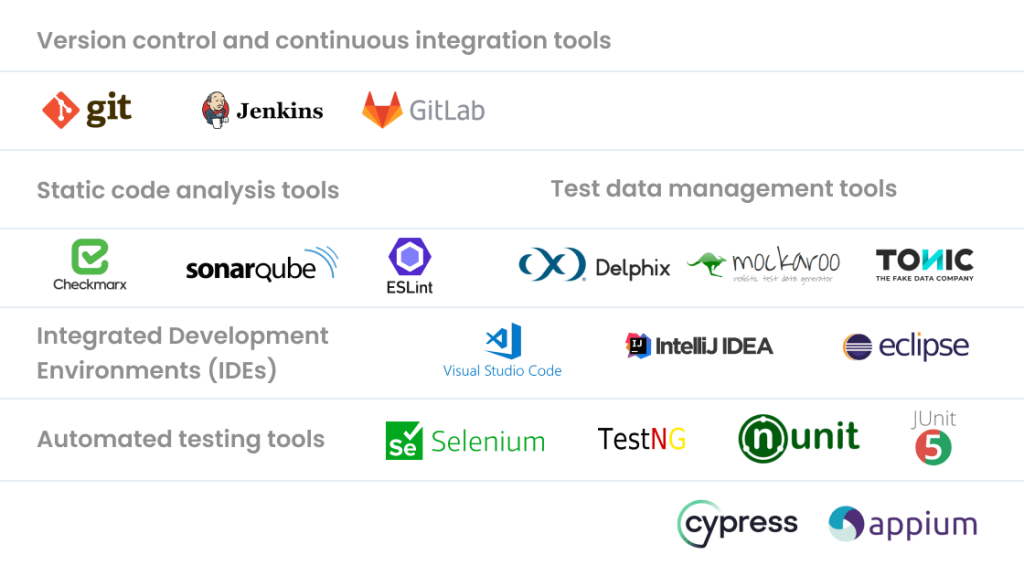
Using AI to Revolutionize Software Testing for Creative Consoles Builders
Final Thoughts: Should You Adopt Shift Left Testing?
When your current testing operation does bring results, you may not be in any rush to adopt a new approach. However, this is the one instance where the effort required to undertake the change and introduce shift-left testing is the effort that will absolutely pay off in the end. The effect of shifting testing left, when implemented correctly, is quick and highly noticeable, so you won’t have any doubts over whether adopting the new technique was the right decision after all. And the results can be even more impressive and faster to achieve when you have a trusted software testing partner by your side, so if you want to give this new approach a go, we are here for all of your testing-related needs.
Jump to section
Hand over your project to the pros.
Let’s talk about how we can give your project the push it needs to succeed!
